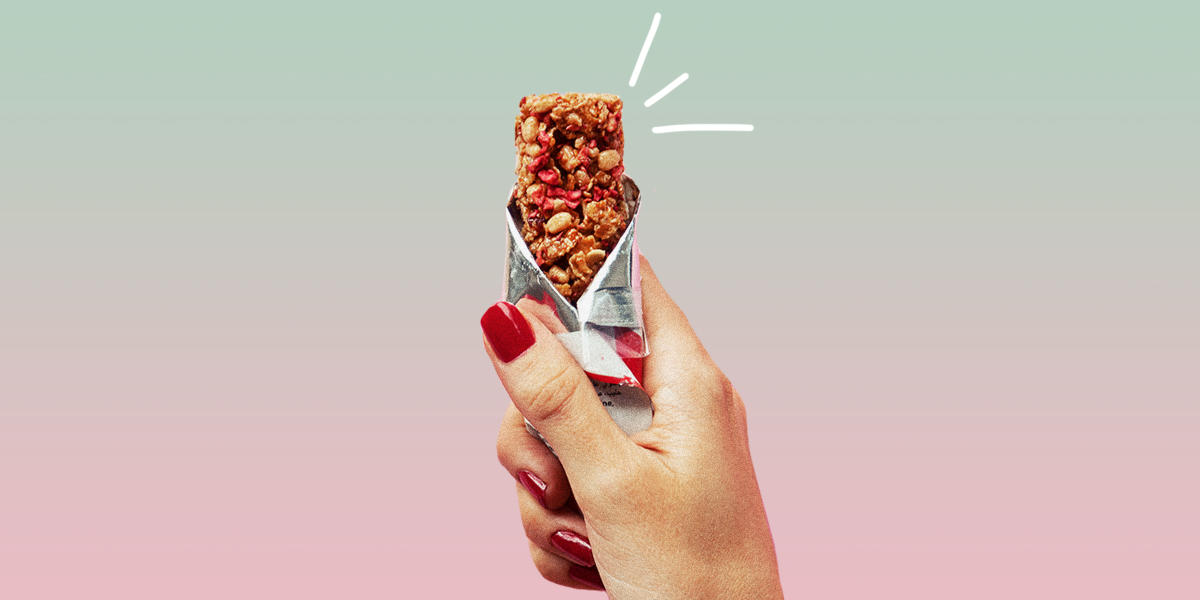Trying to fit all the things you need to do into a day often feels like an elaborate game of Tetris. Not only do you need to understand how to adapt your diet and exercise in your schedule, you also need to find a way to space them out so you don’t get hungry or too full to be at your physical peak. All of these factors factor into the question: How soon after eating can you exercise?
Here’s a relatable scenario: You want to have enough energy to exercise after lunch, but are worried that a meal will make you nauseous. Is it OK to exercise after eating or should you fast until you finish your workout?
Unfortunately, there is no single answer to this question. It depends.
How long after eating should you wait to train?
For many people, doing strenuous exercise on a full stomach can lead to reflux, hiccups, nausea and vomiting, said Dr. Daniel Vigil, associate clinical professor of family medicine and orthopedic surgery at the David Geffen University of California Los Angeles School of Medicine. Angels. But there are people who can eat a big meal and have no problem exercising afterward, Vigil said.
Research, on the other hand, shows that eating before exercising is not ideal. THE best time to train, said Vigil, it’s before eating. A post-exercise nutrition program aids recovery and minimizes muscle damage, Virgil said. Additionally, a study published in The American Journal of Physiology found that men who exercised without eating first burned more fat.
Related: By timing the right foods with your activity, you can maximize your energy throughout the day.
However, if your schedule requires you to eat first, Vigil suggests waiting an hour or two after your meal before exercising. This will allow the stomach to empty.
Of course, this rule changes if you have eaten too much.
“If you’re going to sit down for a Denny’s Grand Slam breakfast, it’s going to stay in your stomach a lot longer,” said Leslie Bonci, registered dietitian and owner of Active Eating Advice, a nutrition consulting firm in Pittsburgh. “My general rule for my athletes is to wait an hour before exercising. And you want to keep the amount of food to about the size of your fist, not the size of a soccer ball.
Related: Gain definition and strength and reduce your risk of injury with this easy-to-follow plan.
What should you eat before a workout?
Bonci suggested tailoring what you eat to the type of exercise you’ll be doing. So if you’re going to be in progress, drink about 20 fluid ounces an hour beforehand, she says. And eat something small and carb-based, like a granola bar, banana, or dry cereal.
If you’re doing hot yoga, “you don’t want to start out dehydrated,” Bonci said. “It’s not as energy-intensive as running, so you can do 8 ounces of juice and 12 ounces of water,” she said.
“If you’re going to do some degree of strength training – and it’s not just weightlifting, but also swimming since that has a strength component – it’s essential to have protein. I’m not talking about a pound of bacon and a dozen eggs. The maximum should be 20 grams of protein. It could be 8 ounces of yogurt or 6 ounces of yogurt with cereal on it.
Swimmers, she said, should get a combination of protein and carbs. “You could try a thin bagel or a thin sandwich with two eggs and a little cheese,” she suggested. “It’s not a huge volume, but it provides protein and carbohydrates.”
Those who are going to ride a bike “have to consider the gut and think about what it’s going to be like to be squatted for a long time,” Bonci said. “You may not feel comfortable with an omelette in your stomach, and even a six-inch sub can push it.”
If you’re hoping to have a little more fuel in the tank just before practice, or, say, between halves of a football game, Vigil said it’s generally okay to boost your energy with a bar. athlete 100 to 200 calories.
This article was originally published on TODAY.com
